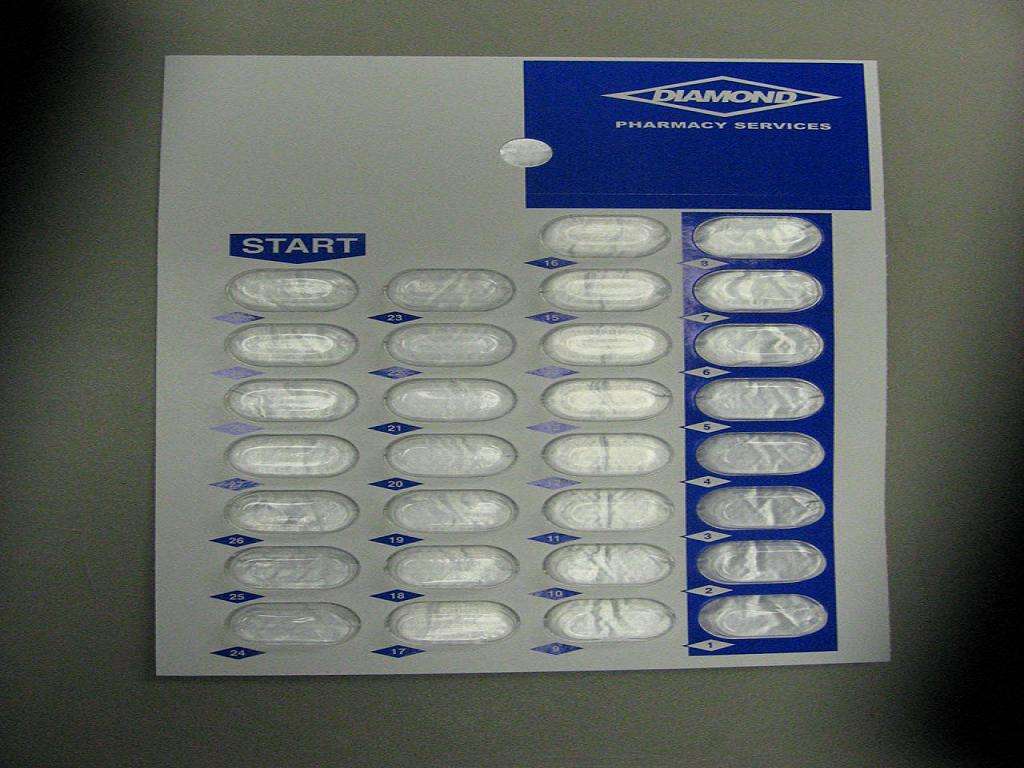Rifampin
FULL PRESCRIBING INFORMATION: CONTENTS*
- RIFAMPIN DESCRIPTION
- CLINICAL PHARMACOLOGY
- INDICATIONS & USAGE
- RIFAMPIN CONTRAINDICATIONS
- WARNINGS
- PRECAUTIONS
- INFORMATION FOR PATIENTS
- LABORATORY TESTS
- DRUG INTERACTIONS
- DRUG & OR LABORATORY TEST INTERACTIONS
- CARCINOGENESIS & MUTAGENESIS & IMPAIRMENT OF FERTILITY
- PREGNANCY
- NURSING MOTHERS
- PEDIATRIC USE
- GERIATRIC USE
- RIFAMPIN ADVERSE REACTIONS
- OVERDOSAGE
- DOSAGE & ADMINISTRATION
- HOW SUPPLIED
- STORAGE AND HANDLING
- REFERENCES
- PACKAGE LABEL.PRINCIPAL DISPLAY PANEL SECTION
FULL PRESCRIBING INFORMATION
RIFAMPIN DESCRIPTION

CLINICAL PHARMACOLOGY
Oral AdministrationWARNINGS
Pediatrics
Oral Administration
Microbiology
INDICATIONS AND USAGE
Susceptibility Tests
CLINICAL PHARMACOLOGY
INDICATIONS AND USAGE
MicroorganismMIC (mcg/mL)Staphylococcus aureusATCC 292130.008 - 0.06Enterococcus faecalisATCC 292121- 4Escherichia coliATCC 259228 - 32Pseudomonas aeruginosaATCC 2785332 - 64Haemophilus influenzaeATCC 492470.25 - 1Diffusion Techniques: Quantitative methods that require measurement of zone diameters provide reproducible estimates of the susceptibility of bacteria to antimicrobial compounds. One such standardized procedure3,4 that has been recommended for use with disks to test the susceptibility of microorganisms to rifampin uses the 5 mcg rifampin disk. Interpretation involves correlation of the diameter obtained in the disk test with the MIC for rifampin.
Reports from the laboratory providing results of the standard single-disk susceptibility test with a 5 mcg rifampin disk should be interpreted according to the following criteria for Neisseria meningitidis.
Zone Diameter (mm)Interpretation20(S) Susceptible17-19(I) Intermediate16(R) ResistantInterpretation should be as stated above for results using dilution techniques.
As with standard dilution techniques, diffusion methods require the use of laboratory control microorganisms. The use of these microorganisms does not imply clinical efficacy (seeINDICATIONS AND USAGE
MicroorganismZone Diameter (mm)S. aureusATCC 2592326 - 34E. coliATCC 259228 - 10H. influenzaeATCC 4924722 - 30
INDICATIONS & USAGE
Tuberculosis
Meningococcal Carriers
WARNINGS
RIFAMPIN CONTRAINDICATIONS
WARNINGSPRECAUTIONSDrug Interactions
WARNINGS
PRECAUTIONS
GeneralINFORMATION FOR PATIENTS
LABORATORY TESTS
DRUG INTERACTIONS
CONTRAINDICATIONSEnzyme Induction
CONTRAINDICATIONS
DRUG & OR LABORATORY TEST INTERACTIONS
CARCINOGENESIS & MUTAGENESIS & IMPAIRMENT OF FERTILITY
PREGNANCY
Teratogenic EffectsTeratogenic Effects
NURSING MOTHERS
PEDIATRIC USE
CLINICAL PHARMACOLOGYPediatricsDOSAGE AND ADMINISTRATION.GERIATRIC USE
WARNINGSRIFAMPIN ADVERSE REACTIONS
GastrointestinalHematologic
Central Nervous System
Ocular
Endocrine
Renal
Dermatologic
Hypersensitivity Reactions
Miscellaneous
OVERDOSAGE
Signs and SymptomsAcute Toxicity
Treatment
DOSAGE & ADMINISTRATION
INDICATIONS AND USAGECLINICAL PHARMACOLOGYTuberculosis
Incompatibilities:
Meningococcal Carriers
Preparation of Extemporaneous Oral Suspension
HOW SUPPLIED
STORAGE AND HANDLING
REFERENCES
PACKAGE LABEL.PRINCIPAL DISPLAY PANEL SECTION


RifampinRifampin CAPSULE
| |||||||||||||||||||||||||||||||||||||||||||||||||||||||||||||
PLEASE, BE CAREFUL!
Be sure to consult your doctor before taking any medication!